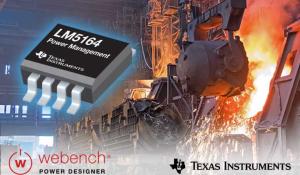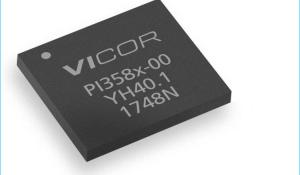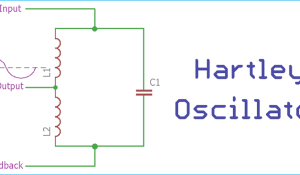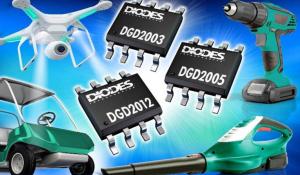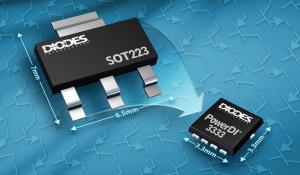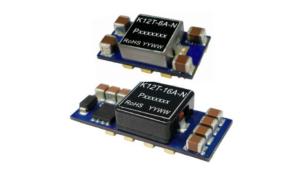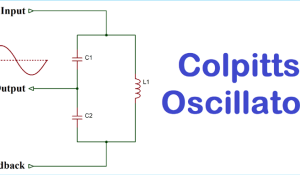With the advent of Electric Vehicles and Internet of things the need for sophisticated power electronic design has increased. These new fields are constantly evolving the demands for high-power motor drives, energy efficient power supplies, wireless power transfer etc.
In this section we will design and test various power electronic projects for a wide variety of applications including EV, Solar, IoT, SMPS Power supplies, LED Drivers, Portable power supplies etc. The section also covers the latest power electronic news and articles to update the readers with latest technology trends.
Analyzing a circuit network and finding out the current or voltage is a tough job. However, analyzing a circuit will be easy if…
Mouser Electronics announces that it is exhibiting as a Platinum Partner at the 2019 Applied Power Electronics Conference and…
Vishay Intertechnology has released two new optocouplers which will be add-on to its optocoupler family with phototriac output…
Texas Instruments launched highly integrated, robust, wide-VIN DC/DC LM5164 buck regulator which extends battery life in rugged…
Vicor unveils the new PI358x series 48V with unique ZVS topology Buck Regulator. The PI358x series enable 48V direct-to-PoL…
In simple terms, the oscillator is a circuit which converts DC power from the supply source to the AC power to the Load.…
Diodes Incorporated today launched Half bridge and High-side/Low-side topology Gate driver in an SO-8 package. These gate…
In electronics, a regulator is a device or mechanism which can regulate the power output constantly. There are different kinds…
Diodes Incorporated extends its transistor family with release of NPN and PNP power bipolar transistors in a much smaller form…
In the previous tutorial, we saw how a Dual Power Supply Circuit is designed. Now, we learn about Dual Converters, which can…
MORNSUN introduced different current rated, complete protection, high efficient, non-isolated POL DC/DC converters K12T series…
An oscillator is a mechanical or electronic construction which produces oscillation depending on few variables. We all have…




